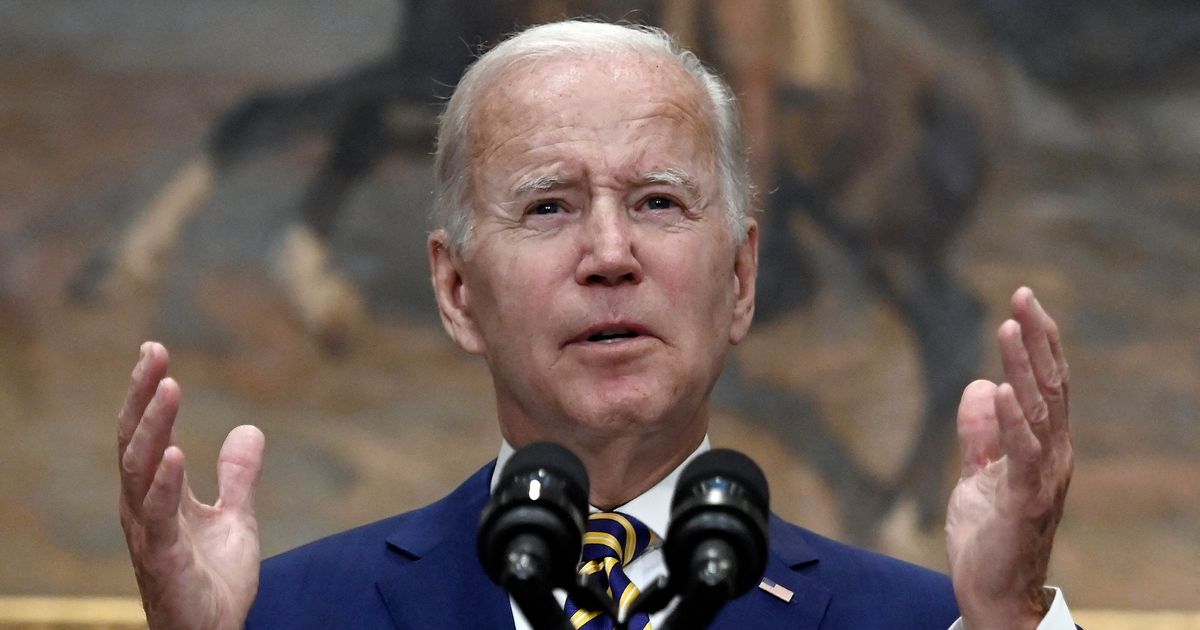After enjoying more than three years of not having to make student loan payments, borrowers are now faced with the reality of adding this expense back into their budgets. Starting in September, interest will begin accumulating on student loan balances, and payments will become due in October. This can be a difficult adjustment for many borrowers, especially considering the financial challenges they are already facing.
According to a survey conducted by Credit Karma, 53% of federal student loan borrowers admit that they are struggling to pay their other bills. What’s more concerning is that 45% of these borrowers expect to become delinquent on their student loan payments once the forbearance period ends.
Originally, the restart of student loan payments was supposed to coincide with President Joe Biden’s broad loan forgiveness plan, which received applications from over 26 million borrowers after it was announced last year. However, the Supreme Court overturned this plan in June, causing disappointment among the 45 million borrowers who collectively owe more than $1 trillion in federal student loan debt.
After this setback, the administration swiftly devised a Plan B by utilizing its authority under the Higher Education Act of 1965. While this is considered a more legally sound option, implementing it requires a lengthy rule-making process and a period for public comment. As a result, borrowers will have to wait even longer for the relief they desperately need, assuming it withstands the inevitable legal challenges.
In the meantime, President Biden has implemented some measures to offer temporary relief to borrowers who are overwhelmed by their student loan debt. One of these measures is the introduction of the “SAVE” plan, which aims to reduce payments for eligible borrowers based on their income.
The Saving on a Valuable Education plan is the latest addition to a range of federal income-driven repayment plans. It reduces borrowers’ payments to a small percentage of their income and extends the repayment term to 20-25 years. Once the borrower completes their income-driven repayment plan, any remaining balance is discharged, although it may be considered taxable income for that year.
The SAVE plan was created to address the shortcomings of the Revised Pay As You Earn (REPAYE) plan. It will be phased in gradually, with some changes taking effect this summer and others on July 1, 2024. The Department of Education estimates that the lowest-income borrowers will see their monthly payments decrease by about $0.83 per dollar owed, while the highest-income borrowers will see a decrease of about $0.05 per dollar owed.
Immediate changes for SAVE participants include an increase in the amount of income protected from payments, the elimination of ballooning interest, and the exclusion of a spouse’s income from payment calculations for married borrowers who file their taxes separately. In July 2024, monthly payments will be cut in half for undergraduate borrowers, and forgiveness options will be available based on the number of payments made.
Enrollment in the SAVE plan will be automatic for those currently enrolled in the REPAYE plan. Others who wish to enroll will need to apply on the Federal Student Aid website, and their applications should be processed before payments resume in October. It’s important to note that only borrowers with federal loans qualify for the SAVE plan, excluding Parent PLUS loans.
For borrowers who are struggling the most with their loan repayments, the Biden administration is offering a temporary 12-month “on ramp” period. During this time, payments will still be due, and interest will continue accruing. However, accrued interest will not be added to the loan balance at the end of the 12-month period. Borrowers will not face penalties such as being reported to credit bureaus, being considered in default, or having their accounts sent to collection agencies for late, missed, or partial payments.
It’s crucial for borrowers to remember that making payments, if possible, is advisable. However, the on-ramp period provides those who are unable to make immediate payments with the time they need to adjust, allowing them to eventually catch up and fulfill their financial obligations. It’s worth noting that borrowers do not need to take any specific actions to qualify for the on-ramp program.
In conclusion, the resumption of student loan payments brings financial challenges for many borrowers. While relief measures like the SAVE plan and the temporary on-ramp period offer some assistance, there is still a need for comprehensive solutions to address the burden of student loan debt.
Denial of responsibility! VigourTimes is an automatic aggregator of Global media. In each content, the hyperlink to the primary source is specified. All trademarks belong to their rightful owners, and all materials to their authors. For any complaint, please reach us at – [email protected]. We will take necessary action within 24 hours.


